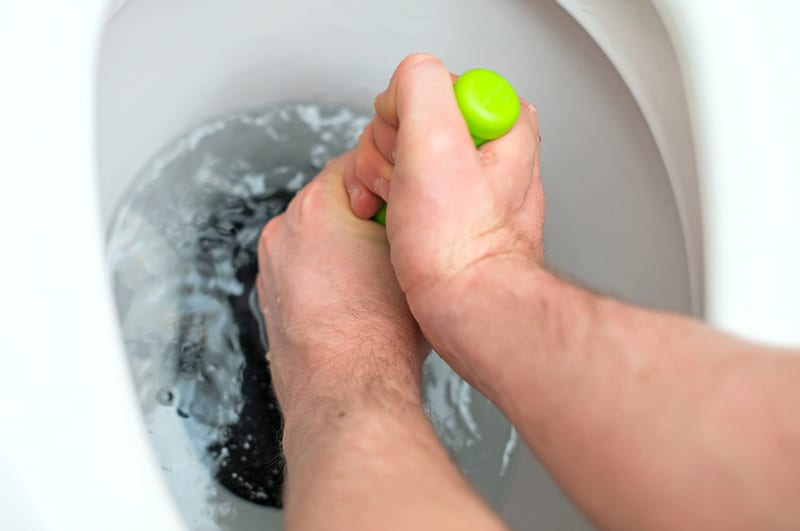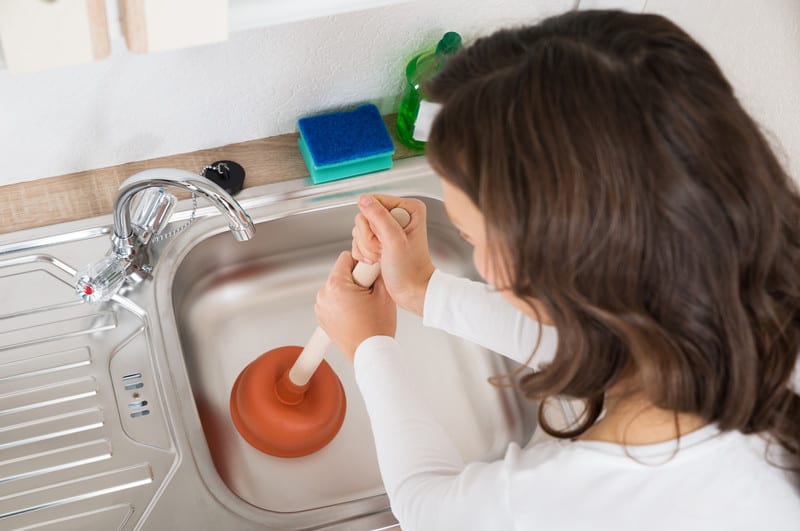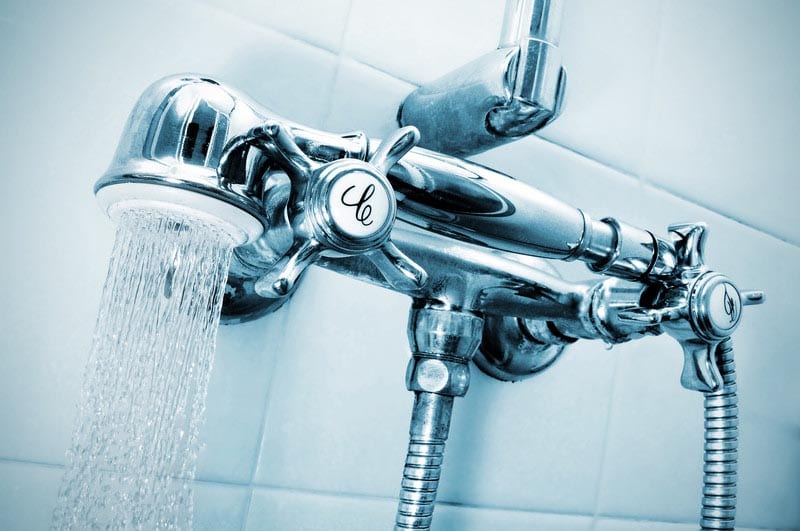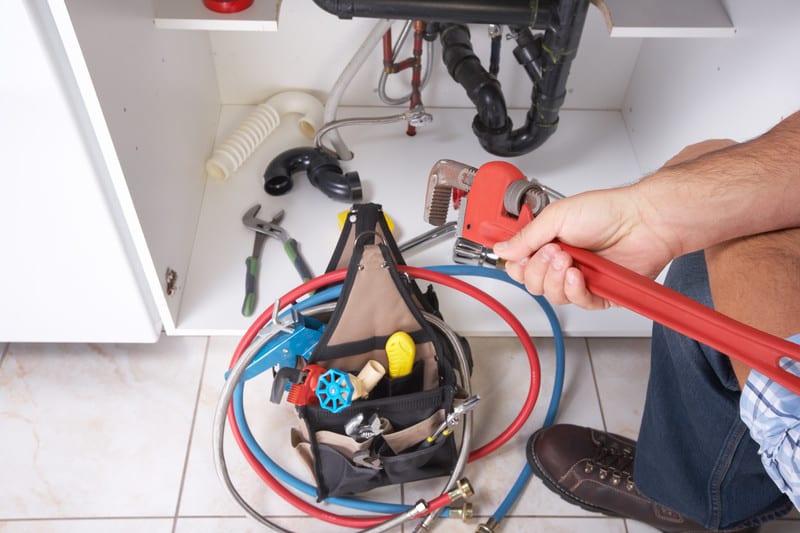What to do When the Toilet will not Flush Properly

The toilet will not flush is a phrase that will be said in every home a good few times over the course of a lifetime. Trying to figure out the problem that is preventing a toilet from flushing properly can be frustrating if you don’t know what you are looking for. The quickest and easiest […]
How to Prevent Clogged / Blocked Drains in Your Home

Prevention is better than cure, so the saying goes, the best way to stop falling foul to a clogged or blocked drains is to be careful what you put down them. Some of the main culprits are cooking oil, coffee granules, hair, vegetable peels and soap scum. With these running down the drain it’s only […]
How to Replace a Damaged Shower Mixer Tap

Your shower mixer tap is prone and vulnerable to wear & tear. With continuous usage every day by all members of your household or family, the internal components will wear down and lime scale will start to form within and around it. Of course, when you least expect it, just when your mother in law […]
Irish Families Facing €5k Repair Bill to Remove Lead Pipes from Homes

A Government strategy to deal with lead contamination in the water supply of up to 200,000 Irish households is expected to be agreed at today’s Cabinet meeting. Some 200,000 homes – as well as schools, hospitals, prisons and nursing homes – are suffering from lead contamination from lead pipes. The alarming figures prompted a senior […]